New Topographies : Designing for a Nomadic Future
Humans were once nomadic - a migratory species that roamed the surface of our planet, following the paths of resources and tracing the patterns of our environment. Since then we have settled down. In 2008 (and for the first time in our history) most of the world’s population belongs to cities. However, with a new age of digital and spatial exploration developing we have begun to re-evaluate what it means to live in a city, and what that “urban” environment can be.
Out of this World - Nomadic Tendencies...
A new type of nomadic species is being groomed to assume the role we once had. To explore, to adapt and discover. What architect’s Ron Herron and Archigram were able to imagine in the 1960s, kinetic sculptor Theo Jansen and engineers at NASA are actually constructing today. Designers and engineers are seeking out a new adaptive mobile-architecture, and once static constructions are now coming to life.
Ron Herron’s “Walking City” (1964)
Buckminster Fuller's Geodesic Dome (below) a dynamic housing model that embraced passive energy and supported quick-build construction after World War II.
On April 12th 1961 a person observed planet Earth from outer-space. Less than eight years later, two more set foot on the moon. In this past century our concept of scale has evolved dramatically, which has in turn has had a huge impact on our built environment and the creative thinking behind it. With these broad new horizons the way we define a “boundary” is rapidly changing. If there is so much space, why should we restrict ourselves, our homes or our lives? In the 1960s, architect Ron Herron imagined a world where we would all live in massive walking creatures. Huge machines that crawled across the world’s landscape and served as gigantic transporting devices. They would drop people off through extruding tubes at various locations, while picking others up to move on to populate temporary cities. In this world, permanence is non-existent. Futuristic nomads would embrace mobile infrastructure to continuously interact with the landscapes around them. This new and strange understanding of environment can be seen in experimental architecture through the 1960's and 70's. Another group, called “Superstudio” also re-evaluated spatial habitats using this same idea of endlessness. The project "Supersurface" created a similar quality of infinite expansion and proportion.
Jansen with 'Animaris Siamesis’ in 2009. (Photo by Lena Herzog.)
Kinetic Sculptures with “Simple Imaginations”
The nomadic character of these 1960s visions are visible today in the work of the Dutch artist and kinetic sculptor Theo Jansen. Using plastic tubes, string, and lemonade bottles... Jansen has created a new type of intelligent organism. He calls his inventions “beasts” and has even developed an evolution of different "species" which he plans to release into the wild within the next few years. The artificial creatures are powered solely by the wind, and are configured to physically change their movement based on alterations in landscape.
"A part of me is an engineer who wants to map the progress of mobility. Another part is an artist who wants to sculpt the earth that surrounds us, and give it shape."
Animated GIFs made via video content, here.
Like insects gliding across the sand, his inventions travel back and forth across their beach habitat. Jansen’s work interprets the environment and movement as a single cohesive system. He has created a “energy-free” intelligence that has the ability to react specifically to earth and water, all through the manipulation of wind. Some have the ability to store wind energy through an air pressure system within a lemonade bottle. Several species actually have "brains"... or intertwining loops of rope that compose a binary system to organize a yes-no response to weather as it changes… or what Jansen calls; “a simple imagination.” Through this layering of rope a creature can understand where it is in relation to the ocean and sand dunes. When one reaches the water, it is able to sense a change in pressure and turn back the other way. Some have "noses" that point towards the wind, and if the weather becomes to difficult to move, the nose is triggered to pound a stake into the ground to stay put until the storm has subsided. His creatures wander the beaches in herds, learning where to walk and what to avoid in order to survive.
What Jansen has created is a fascinating manifestation of natural movement, and a "new form of life". It is a new breathtaking understanding of motion, and redefinition of what a living thing can be. If wind can provoke intertwining sticks to move, think, and make an informed decision, then isn't it a living thing?
A New Frontier
To explore and discover a landscape we know nothing about, adaptation becomes essential. Another example of innovative exploration can be found within NASA. A team of engineers are currently working on a project entitled Autonomous NanoTechnology Swarm mission architecture, or ANTS.
"The ANTS approach harnesses the effective skeletal/ muscular system of the frame itself to enable amoeboid movement, effectively ‘flowing’ between morphological forms. ANTS structures would thus be capable of forming an entire mobile modular infrastructure adapted to its environment." By using a complex and adjustable tetrahedral geometry, the units can explore just about any landscape or environment. By changing shape and adjusting its center-of-mass the robot is able to move. The "tetrahedral walkers" would be able to search for resources such as water, while navigating through previously inaccessible terrain. Within ANTS is a program called LARA, or Lander Amorphous Rover Antenna. This project is meant to create a series of adjustable structures that conform to a foreign surface. There are four main types, or species that are meant to make human activity on the moon a possibility. There are "landers" that are launched structures that land and conform to an environment, "rovers" that move through a landscape collecting resources and explore, "instruments" that act as base platforms for construction, and "antenna arrays/beacons" used for observation. One can evolve into the other depending on the type of exploration needed for each mission. Similar to Theo Jansen's kinetic species, these robotic creatures continuously read and explore landscape through a repetitive adaptation.
Nomadic Cities and New Topographies
New forms of technology are emerging to shape and a new understanding of “boundary”. If these new transformable spaces could one day be occupied - how would that shape a person’s identity? Today, our identity is most commonly defined by the cities we inhabit, and the immediate environment around us. What will happen to our sense of place-driven identity if we embrace our nomadic roots once again?
Thumbnail image : a @voronoi collage based on “The Continuous Monument” by Superstudio (1969).
For more musings on science, art and architecture...
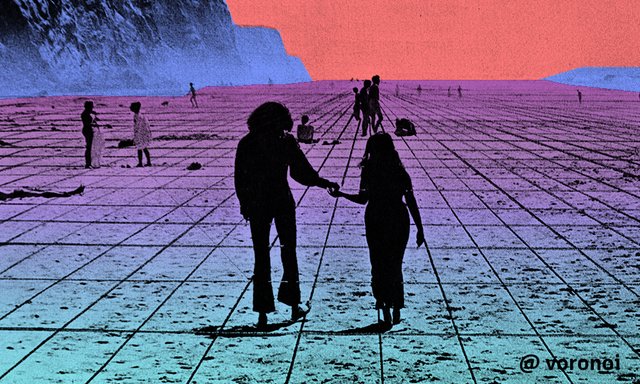
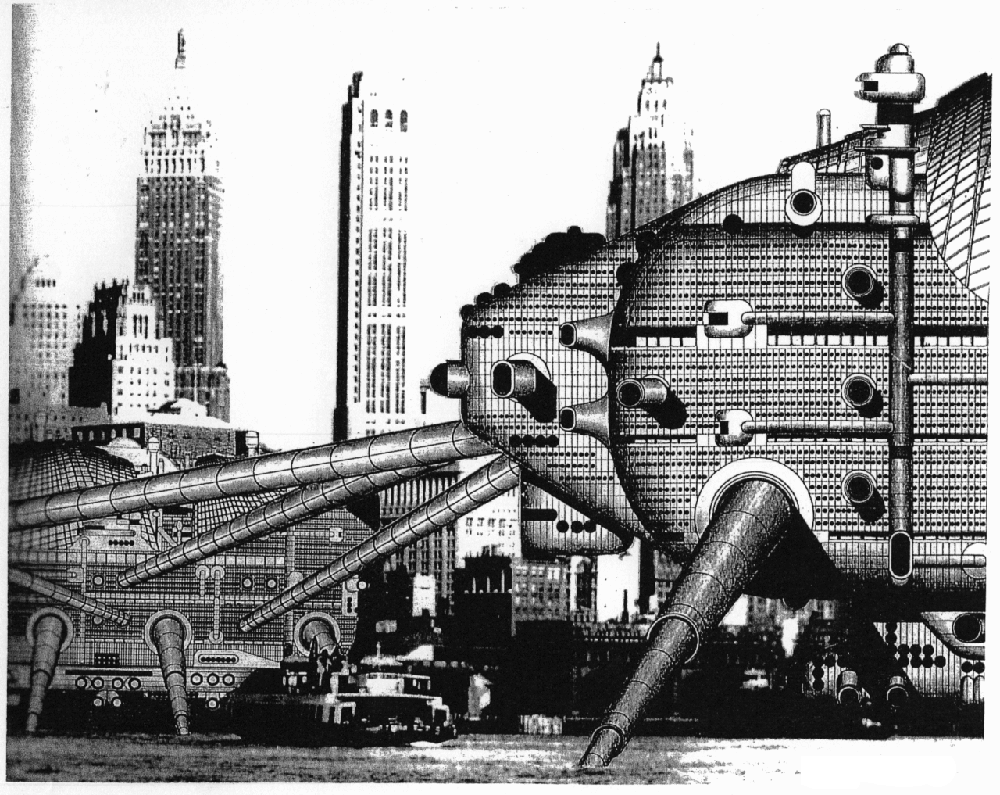
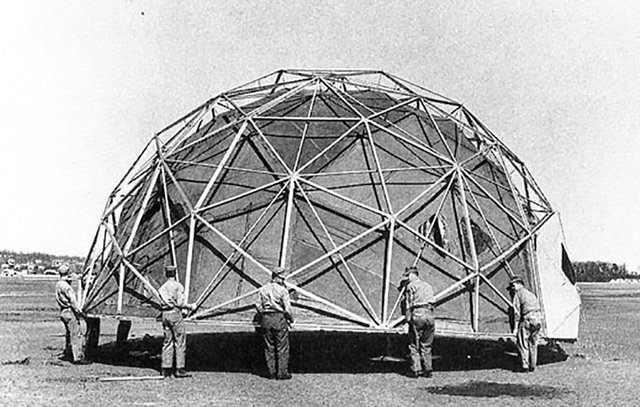
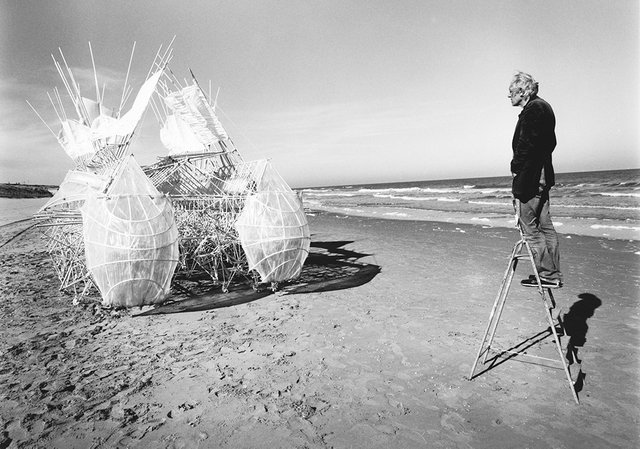
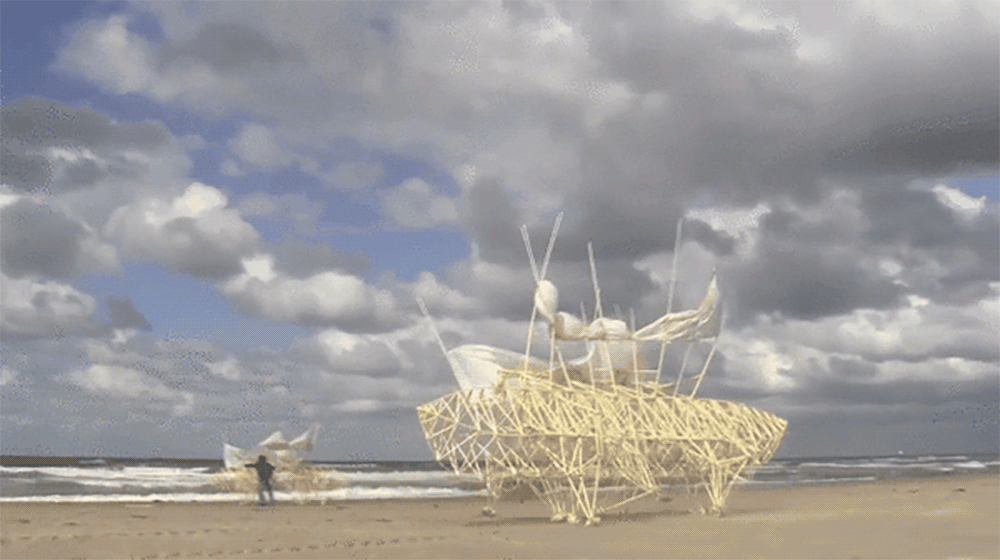
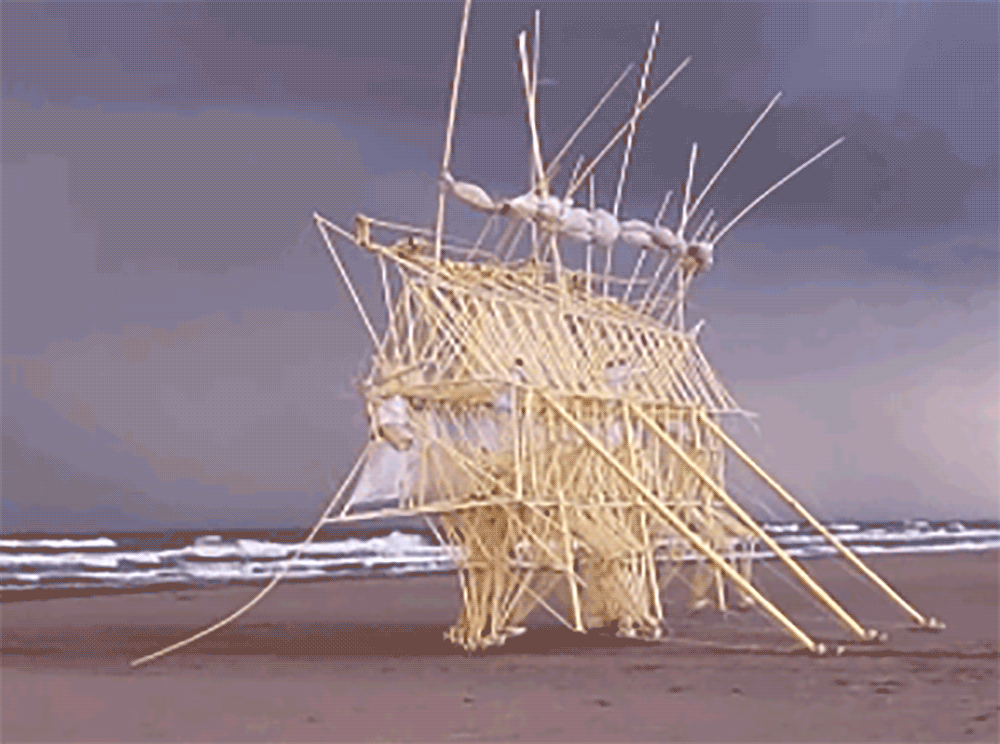
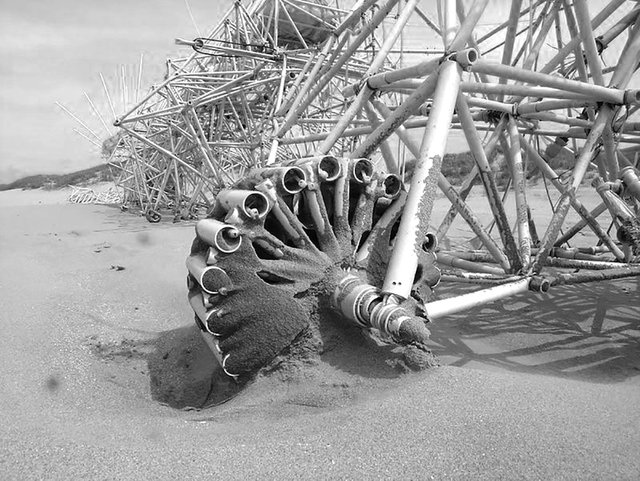
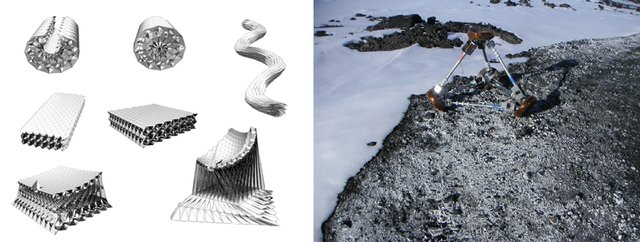
When I was 20
I got a letter.
It began
"Greetings...you are hereby...."
you can fill in the rest.
For the next ten years I went hither and yon...
after I was released from military service.
Some time later I became a trucker.
for over two decades my normal day was.
Wake up in one state.
Go to sleep in another.
After twice around the world in the military.
and 2.5 million miles as a trucker
Do you reckon I could claim to be a
Awesome. I sincerely dig it. We're all a little bit hither and yon... also the name of my art collective @hitheryon :)
I live on The big Island of Hawaii and have met many young people in early to mid twenties that are traveling the world with their back packs. They go to wolfer.com, pick where they want to go, contact the person who has a job opning, buy a one-way plane ticket and gooo..They work for shelter and food and some get paid. Most sleep in tents, some share rooms in homes..etc. They stay until they earn enough money to move on to their next destinations. I have personally sponsored several of these young wanders and oh what a joy they bring to me!! Three of these beautiful souls decided to stay on Island, get full-time jobs and moved into their own places. The all still stay in contact and drop in to visit and give me lots of hugs. No way a digital world could ever replace that personal connection!!
Thanks for you beautiful post. Helped me realize just what an important role we have played in each others lives. Glad I found you!!
Would love to resteem this but not showing link??
Great idea to sponsor young people who just got started! And of course, nothing can replace the personal connection between people.
No it cannot!!
"Work", "play", and "travel" needs to be supercharged. I love the idea of being a nomadic / vagrant / vagabond. Been domesticated for too long :P
Thanks Kevin! Steemit is definitely vagabond friendly. We're charging ahead as the new nomads, playing and travelling over digital mountains and crypto-rivers...
Love this idea of being a digital nomad, especially as I become more rooted in my analog life and find it not as easy to pick up and go....Read your post about the therapy wall on the Curie blog and that's how I got here... Following you now, thanks for the cool stuff!
Very interesting and kind of spooky, the idea of a moving city creeping around like a giant arachnid gives me the heebies! I was fascinated by the 'e-hang' autonomous aerial vehicle which is like a drone but for a human, you just punch in the destination and it takes you there! Imagine just 'hanging out' on top of Mount Kilimanjaro for the day and then heading off to an uninhabited part of the amazon for tea! Mental
Absolutely, it's super spooky... Very interesting to see how arachnid-like these forms turn out to be, considering they are seeking energy efficiency and not necessary aiming for style points. The e-hang vehicle concept you mentioned is also really fascinating... and not so out of reach either! Drones like e-hang are really jumpstarting a big shift in how the individual can explore.
... actually I might really need a part 2 to this post! I can get into some good detail about autonomous vehicles / exploration...Thanks again!
Nice one, I just remembered this, a vehicle based on an arachnid, laters..
This just looks cool!
PS: I also like your username
Thanks @lemouth! I like your username too! (I also really enjoy your scientific blog posts, followed!)
Thanks! :)
One of the most inspiring things I've seen in a long time! Thanks for sharing!!
Thanks so much for reading! :)
Thank You Very Much!For your support!
Thanks for reading!
Nice article and I especially liked the hints at outer space nomadics as it would seem likley like we are spacefaring bi-pedals and have been sent out to explore the omniverse!
As a species we may have nomadic origins but homo sapiens only really became civilised when s/he became pastoral and set up villages which became towns which became cities. Ask any archaeologist.